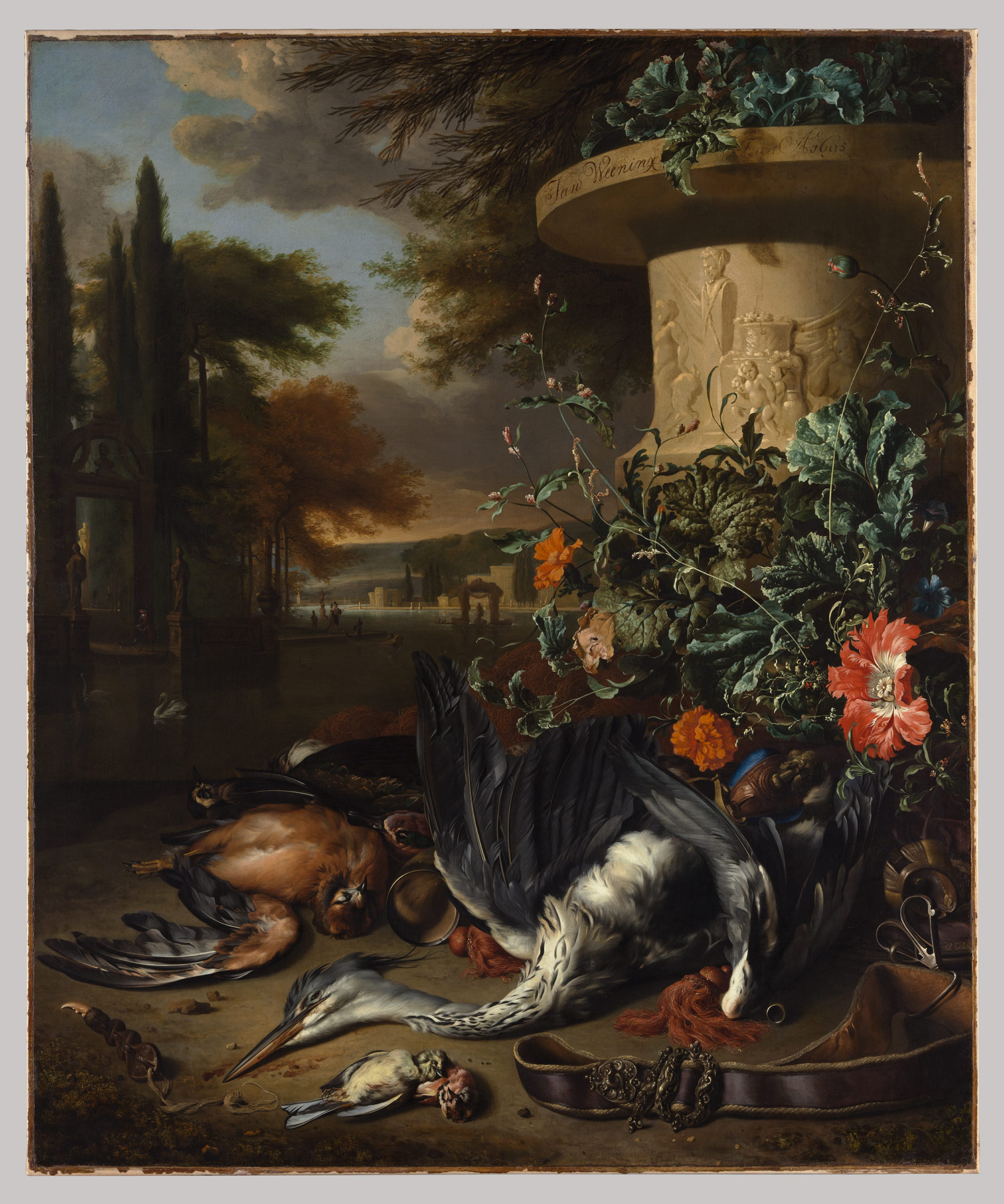Research into the history of still-life paintings
From doing research into the history of still-life I became inspired by traditional still-life paintings. I loved how in the 17th century they use skulls as props in there images to represent how death wasn't feared and was a natural cycle to them. I also like the darker atmosphere there is to there images and how they deliberately use shadows in way that gives the image a darker feel to it. The skulls in the paintings are very symbolic as they represent death, which gives the pairings a very powerful and dramatic feel.
The painting 'Still life with a skull and a writing quill', 1928 by Pieter Claesz manages to mimic real-life as the painting Is very photo realistic with the use of reflections and shadows. I feel this captures the audiences attention more as they can relate to the painting so I want to use the same technique in my image.
To gain inspiration on a social issue to base my still life on I looked at different news websites such as 'The Daily Mail' and 'BBC news' to find current debates. However, I didn't find any that inspired me for a still life so I decided to use an issue that I feel strongly about which is animal cruelty. The idea first came to my mind when I first started the research and looked at traditional still life paintings which feature a lot of animals and skulls in a very negative way such as this painting by Jean Baptistery Oudry named 'Still life with dead birds and mouse'. The negativity of the dead birds contrasts against the soft white background and the bright lighting which gives a false sense of hope for the dead animals. I also feel the way the bird has been positioned in the photo so it looks as if it is still flying even though it is dead also gives a false sense of hope. The insects in the image both represent the good and evil side to the photos the bee symbolises death whereas the butterfly symbolises resurrection which is another sign of hope in the photo.
This still life painting 'Vanitas still life' is by Jacque de Gheyn the Elder, I love how photo- realistic it looks with the shadows and the reflections as it's given all the objects a 3 dimensional feel. I also love the lighting choice the artist has given the painting as it has a very warm feel to it because of the orange and yellow tones to it which contradicts against the skull which is a symbol of death. The different objects the artist has chosen to use in his still life contrasts with each other as the flower symbols wealth and exclusivity whereas the skull represents death.
Next, I researched the 16th century as during this time it was very much a celebrating time, where they painted nature and farming. I decided to research still life in this century as I want to celebrate animals in my still life as I'm focusing on the social issue, animal cruelty. This image named 'Falconers Bag, 1695' by Jan Weenix captures country life with the use of the landscape background and the animals in the painting. Taking photos of birds and animals became very popular in the late 1600's to create an image of country life they became known as 'hunting trophies' or 'dead game'.




Hi Sophia,
ReplyDeleteI'm very pleased to be the mentor of your blog and I'm very excited by your references. I've been photographing dead animals for the past 7 years or so .... so I definitely have a few references for you which I will dig up in a little while after I finish reading on how your idea has evolved since this post.
Its very good how you are dissecting your references, considering the techniques used, how an audience relates to the image and how all the elements of light, shadow, composition etc portray a narrative.
I am interested in what you see as 'negative' and your ideas of a 'false sense of hope' in the image of the bird and mouse. I see alot of hope in this image ... the bright white heavenly light glowing around the crucified bird... a very spiritual atmosphere... not a dark ending. Or perhaps Im being optimistic...
Marinda